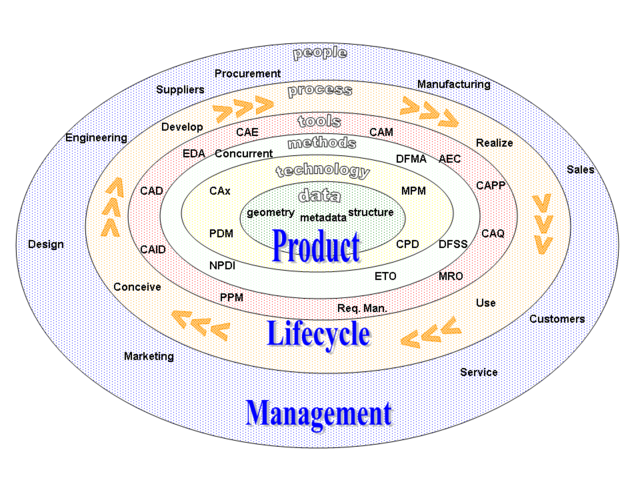Product life-cycle management (PLM) is a well-established discipline. To support this, we are going to need Product life-cycle knowledge management.
 |
| Image from wikimedia commons |
PLKM differs from standard practice-based KM.
- Instead of Communities of Practice, we need to look at Communities of Product (or Product line, or product family). The Community members will cover the lifecycle of the product; from development through manufacturing through sales to service and maintenance,and back to redevelopment.
- Instead of Best Practice, we look at Best Design
- Knowledge is passed along the value chain; downstream from development to manufacturing, from sales to service, and back upstream from service to development.
- The key knowledge is mostly "Why" knowledge - why the product was designed the way it was, why design changes were made, why the marketing has taken the chosen approach, why failures happen in service, and so on.
- The taxonomy will not be a practice-based taxonomy, but will align with the product tree
- Some of the KM processes will be different as well. Specifically the A3 report will replace the After Action Review.
For those of us who are working in a product-based organisation and who are looking to introduce KM into a PLM structure, we need to be thinking in terms of Product Lifecycle Knowledge Management.




No comments:
Post a Comment